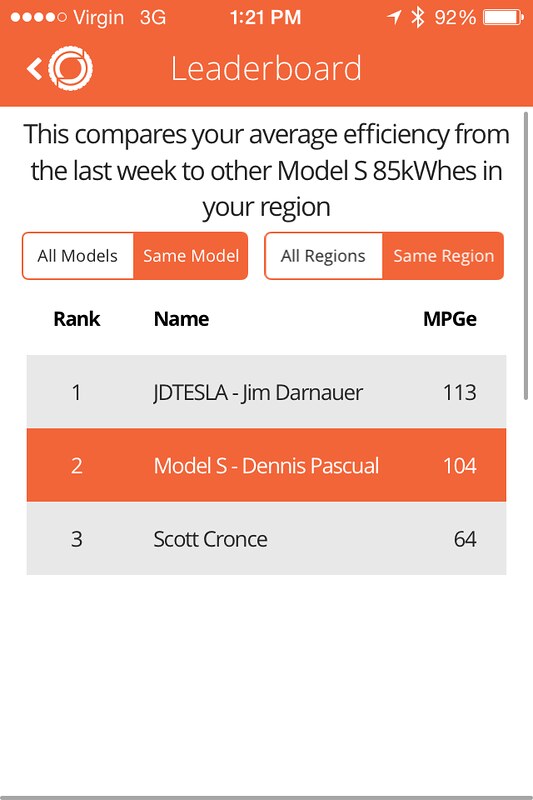This is a third year update. Click here for the 2nd Year of Net Metering.
It’s been three years since our PTO was approved, we originally estimated our savings on driving the Active E or a vehicle like the Active E. Since then, we moved from one EV to two EVs to three EVs back to two EVs. We’ve also driven around a lot and our mileage has grown significantly since then. I haven’t done the math, but estimated that we’re either at break-even this year or definitely in a few months.
In our first year of Solar use, we had a credit. Which, as we found out, we could not claim. Because, it turns out, Net Metering means that though we’re credited for the production at a $ rate, customers are paid out on OVERPRODUCTION of power and not on the CREDITS earned. What this means is the system produced greater kWh of energy than consumed by the end user. If this is the case, the customer is PAID OUT the power times the wholesale rate of production. Last year, we paid over $200 to SCE for the entire second year of Solar. This third year, coupled with our nearly a month of travel to Maine and back in our Here, There, and EVerywhere roadtrip, we’ve been out of the house for about a month. So, that created a month of overproduction. As a result, the annual net metering statement was for approximately $40 for Year 3.
This full third year of solar production is basically the Model S and Roadster. What is interesting is that our usage this past 3rd year probably would have cost us less than Year Two’s Annual bill. But the month off really helped. At less than $4 a month for power for the third year is greater than I expected. So, I chalk this third year as a monumental year. Considering our average electric bill prior to going EV and solar was closer to $200 a month, it is incredible to get most of our transportation and home energy use at so little.
Now, this current fourth year, I wonder what our bill will be. Most of the past three years our electric tariff was on TOU-D-EV. This was a special whole house rate with a discount for EV drivers. A few months ago, Southern California Edison got rid of that tariff and adjusted the Time of Use tariffs so that the times that start with Peak, Off-Peak, and Super Off-Peak.
Under TOU-D-EV, the Peak rates were from the hours of 10am-6pm M-F, the Super Off-Peak hours were from midnight-6am every day, and Off-Peak is any other time. This was great because Solar was credited during the peak times most days and helped off-set a lot of the costs.
Under TOU-D-A, the Peak rates are now from the hours of 2pm-8pm M-F, the Super Off-Peak hours are now from 10pm-8am every day, and Off-Peak is still any other time. Though the Super Off-Peak hours are longer, the effect of moving peak time to the hours between 6pm-8pm means that we’re no longer generating credits at the Peak rate between 10am-2pm. Additionally, we’re spending more between 6pm-8pm because we’re paying at Peak rates and not Off-Peak rates.
So, I’m projecting paying a little bit more for electricity next year… Unless we go on yet another LONG roadtrip.
Interested in going solar? Get a quote from my solar vendor – Real Goods Solar.


















